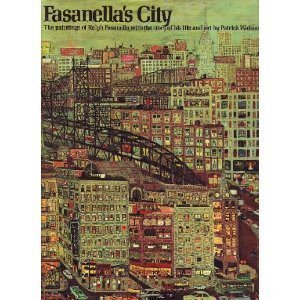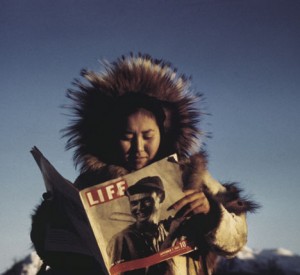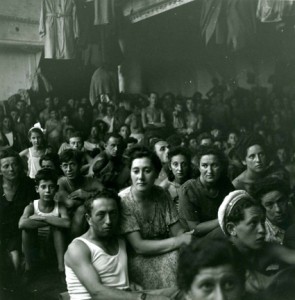A Renovated Digital Home for the CBC Archives
 Cool stuff on the Web from the CBC Archives is now accessible to virtually all computer users. The national broadcaster of Canada goes back to 1936 but until now their Internet archive was more frustrating than enlightening. Now, however a post on the CBC’s in-house blog explains that the old site has been updated, with a side benefit that MAC users–formerly shut out–should now have as full access as folks on Windows machines. It does look much better now and you can savor TV and radio clips of musicians Neil Young, Leonard Cohen, Glenn Gould, writers Margaret Laurence, Margaret Atwood, Alice Munro, Farley Mowat, and Pierre Berton, comedians Bruce McCullough and Scott Thompson from Kids in the Hall and Catherine O’Hara of SCTV and Patrick Watson* (the longtime broadcaster, not the current day musician), to name only a handful. I should add it’s not all about the artistic luminaries–the correspondents and journalists who’ve long made up the CBC, such as Patrick Watson* (the longtime broadcaster, not the current day musician) and the late Barbara Frum, co-host for many years of “As it Happens,” Canada’s “All Things Considered,” represent great broadcast talent. This archive is a veritable youtube for Canuckaphiles and honorary Canadians like me. For a taste of one artist, enjoy this 2 1/2 minute clip on stellar rapper Cadence Weapon, celebrating his selection in 2009 as Poet Laureate of Edmonton, Alberta.
Cool stuff on the Web from the CBC Archives is now accessible to virtually all computer users. The national broadcaster of Canada goes back to 1936 but until now their Internet archive was more frustrating than enlightening. Now, however a post on the CBC’s in-house blog explains that the old site has been updated, with a side benefit that MAC users–formerly shut out–should now have as full access as folks on Windows machines. It does look much better now and you can savor TV and radio clips of musicians Neil Young, Leonard Cohen, Glenn Gould, writers Margaret Laurence, Margaret Atwood, Alice Munro, Farley Mowat, and Pierre Berton, comedians Bruce McCullough and Scott Thompson from Kids in the Hall and Catherine O’Hara of SCTV and Patrick Watson* (the longtime broadcaster, not the current day musician), to name only a handful. I should add it’s not all about the artistic luminaries–the correspondents and journalists who’ve long made up the CBC, such as Patrick Watson* (the longtime broadcaster, not the current day musician) and the late Barbara Frum, co-host for many years of “As it Happens,” Canada’s “All Things Considered,” represent great broadcast talent. This archive is a veritable youtube for Canuckaphiles and honorary Canadians like me. For a taste of one artist, enjoy this 2 1/2 minute clip on stellar rapper Cadence Weapon, celebrating his selection in 2009 as Poet Laureate of Edmonton, Alberta.
*In 1979, one year after my family bookstore Undercover Books opened for business, Patrick Watson published an excellent suspense novel titled Alter Ego. My brother Joel read it and wrote to Patrick inviting him to visit our store. With the participation of his publisher, Viking, Patrick visited our store for an autographing and a great book party that moved from the store to my family’s nearby home. I recall that Patrick, an accomplished pilot, flew his own small plane from Toronto to Cleveland. I bumped into him in 2003 on the convention floor at Book Expo Canada. We had a pleasant reunion. He’s a grand fellow and has had a fascinating career as broadcaster, actor, author, and engaged citizen. Apart from the thriller Alter Ego, Patrick is also the author of a book in my art book library, Fasanella’s City, on the American painter known for his colorful canvases that depict May Day celebrations and demonstrations of workers’ rights amid clamorous scenes of urban density.











